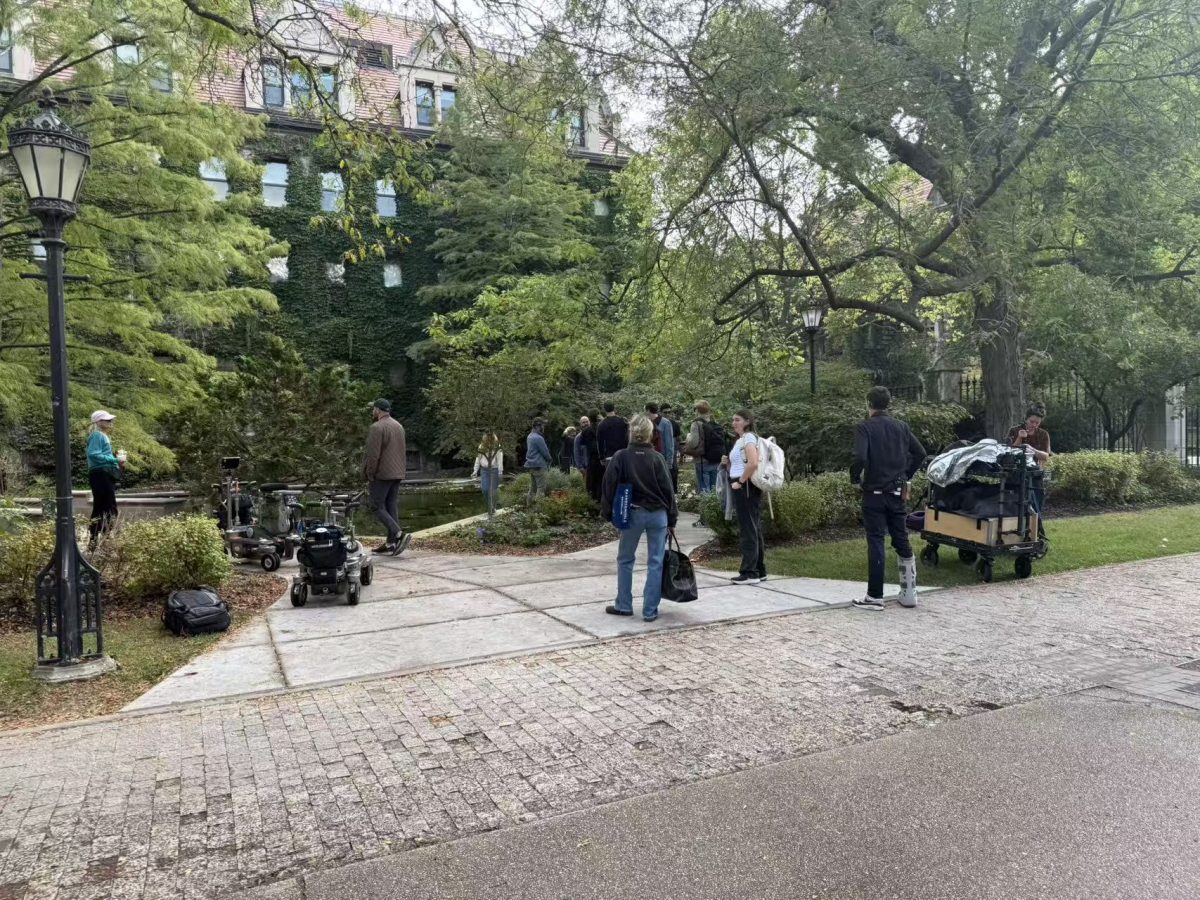Members of Students for Health Equity (SHE) presented their research on the need for and potential effects of having a trauma center at the University of Chicago Medical Center (UCMC) to students Tuesday evening.
Defining trauma as a blunt or penetrative injury, fourth-year Akshaya Kannan cited Center for Disease Control (CDC) data that identifies trauma injury as the leading cause of death for people under age 44. According to Kannan, treatment at trauma centers are associated with an 18 percent decreased mortality rate among trauma patients.
SHE said one of the UCMC’s main arguments against establishing a trauma center is that the cost would divert money away from other services. In the late 1980s, UCMC lost almost $2 million running a trauma center for two years. They argued that this past loss, even scaled for inflation, is dwarfed by the size of the $120 million profits the UCMC made last year.
Fourth-year Valerie Michelman, an economics and sociology major, discussed some problems in a study she said is often cited by the UCMC in arguing against establishing a trauma center.The study, which found no link between travel time under an hour to a trauma center and mortality rates and used a large sample of 3,656 cases across the United States and Canada, is not necessarily applicable to Chicago, she said, which has comparatively higher rates of penetrative trauma injuries than the rest of the country. An inconsistent measure of severity may also have affected the results, Michelman said.
She then pointed to another study, that only looked at cases of penetrative chest injuries, which found that the mortality rate is affected by travel time. Though this study used a consistent measure of injury severity, it used a smaller sample size of 908 cases in urban Illinois, she said.
Second-year Tala Radejko, a pre-medical student, discussed several policy alternatives to opening a level-1 trauma center at the UCMC. Having either a level-2 or -3 center, which are not required to operate 24 hours per day and have fewer requirements for employing sub-specialists is one solution. According to Kannan, level-2 centers are equipped to handle 90 percent of trauma injuries.
Michelman, discussing initiatives the UCMC has pointed to as evidence of community engagement, said, “If you don’t live to be old enough to have diabetes, preventative care for diabetes isn’t going to help you.” She added that she does not think the University should “cherry-pick” which community health problems it decides to address.
The research was conducted under Marie Crandall, associate professor in trauma surgery, critical care, and preventative medicine at the Northwestern University Feinberg School of Medicine.
Kannan, a public policy major, is currently writing a B.A. on the Illinois Trauma System and issues surrounding funding trauma centers, under the advisory of David Boyd, a trauma surgeon and founder of the Illinois Trauma/Emergency Medical System.
The presentation was the first time SHE has publicly shared their research. SHE met with several doctors from the UCMC and other area hospitals to elicit feedback on their research on March 13. Fourth-year SHE member Olivia Woollam said the response was “generally positive.” SHE did not disclose the identity of the doctors and kept the meeting closed-door in order to encourage the doctors to speak openly without fear of professional reprisal, Woollam said.
SHE is hosting a discussion and open house this evening to discuss the history of the trauma center campaign and where it’s headed now. The event will take place at Stuart Cafe at 6 p.m.








